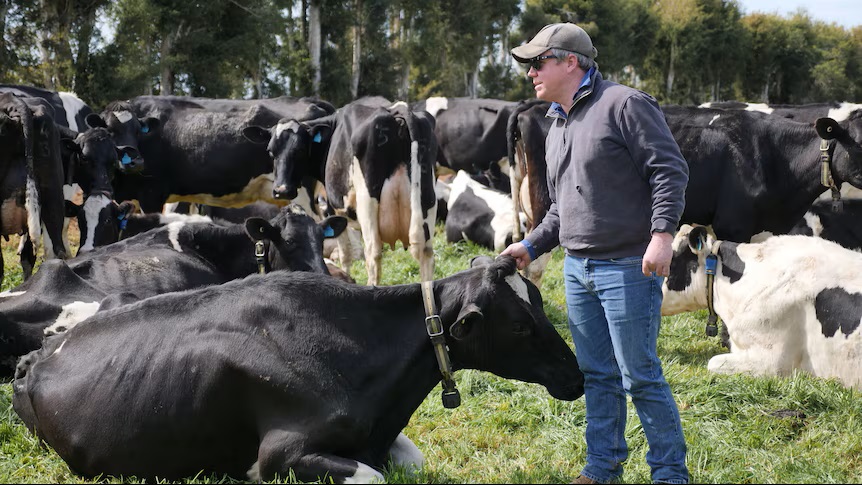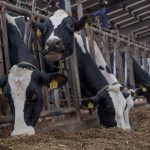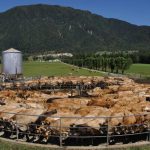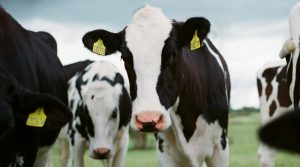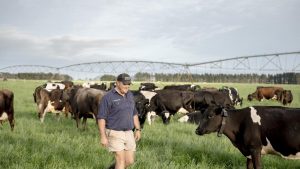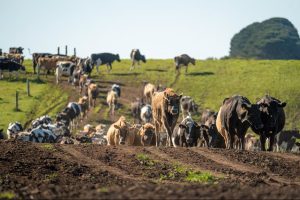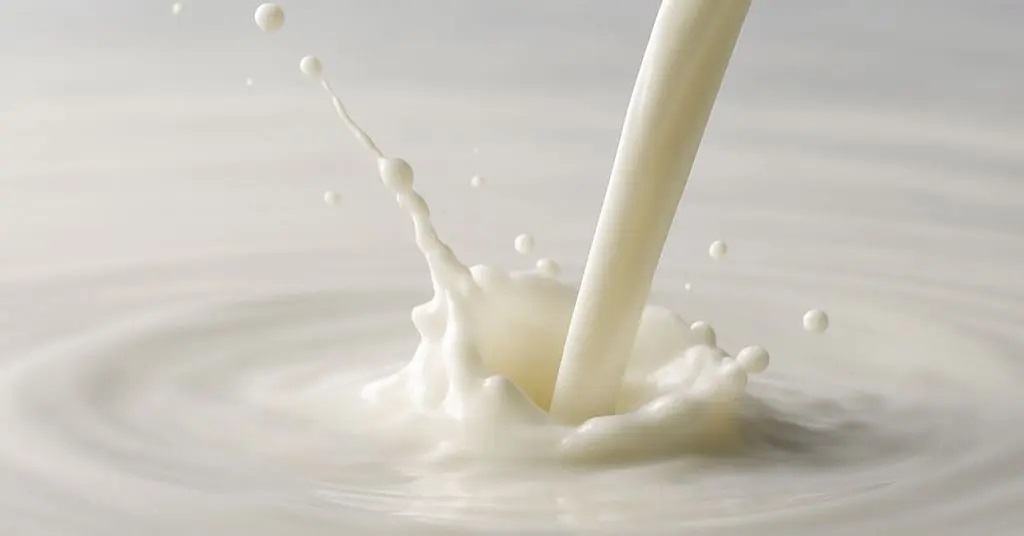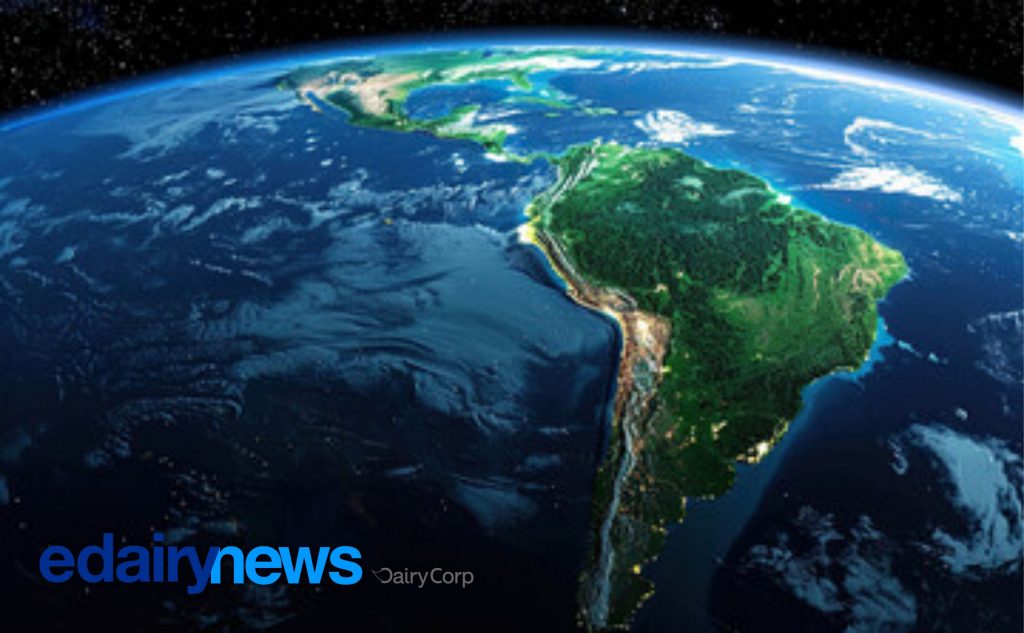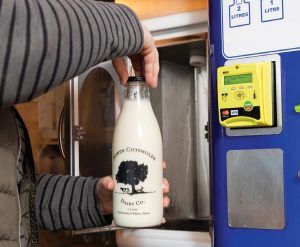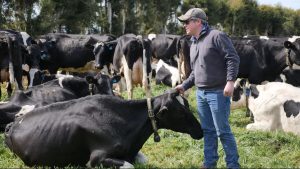
A comprehensive forecast from Australian climate agencies warns that the farming sector must adapt to a future of harsher droughts and more frequent hot days.
The future of Australian farming, particularly the dairy industry, is being shaped by a harsh new reality: a rapidly changing climate. The article, which features a Victorian dairy farmer, notes that while there is short-term optimism about a wetter spring, the long-term forecast from the Bureau of Meteorology and CSIRO is cause for concern. The data journalism from these agencies points to a future of longer and harsher droughts, more intense rainfall, and an increase in the number of hot days, posing a significant threat to the nation’s agribusiness and food supply chain.
The article provides a powerful look at how these challenges are already impacting farmers. The narrative follows Nick Minogue, a dairy farmer in north-east Victoria who, despite his cautious optimism for the spring, is constantly thinking ahead. The experience of surviving the millennium drought has taught him the critical importance of strategic planning, such as purchasing hay and water ahead of time to avoid paying inflated prices. This foresight is becoming increasingly necessary for farmers as they contend with a shrinking pool of available water due to new water policies and environmental restrictions.
For some in the industry, the pressures are already pushing them to the brink. The article highlights the story of Julie and Greg Knight, who have been forced to truck in fodder from Queensland at double the local price just to keep their cattle alive. This kind of financial strain is making farming a less viable career, with Julie Knight noting that one of her sons decided against taking over the family property. These personal stories provide a human face to the dairy economics of climate change, illustrating how external pressures are directly impacting the next generation of farmers.
The challenges in Australia are a microcosm of a much larger global problem. The article references Dr. Andrew Hultgren, an assistant professor at the University of Illinois, whose modeling suggests that for every degree Celsius of warming, global food production declines by the equivalent of 120 calories per person per day. He argues that while adaptation is necessary, it is not enough. The key to mitigating these losses lies in innovation, particularly in developing new technologies that can produce energy cheaply without relying on fossil fuels, a critical consideration for the entire international dairy community.
In conclusion, the article delivers a clear message: Australian agriculture has always adapted, but the climate challenges ahead are unprecedented. Projects like CSIRO’s Ag2050 are working to redesign farming systems to withstand these changes, but a broader, long-term strategy is required. For the international agribusiness community, this piece is a crucial warning and a call to action, emphasizing that the future of the dairy industry and the entire food supply chain will depend on a combination of strategic planning, technological innovation, and a serious commitment to climate action.
Source: ABC News, “Farming faces global warming challenges, BoM, CSIRO forecasts”
You can now read the most important #news on #eDairyNews #Whatsapp channels!!!
🇺🇸 eDairy News INGLÊS: https://whatsapp.com/channel/0029VaKsjzGDTkJyIN6hcP1K
